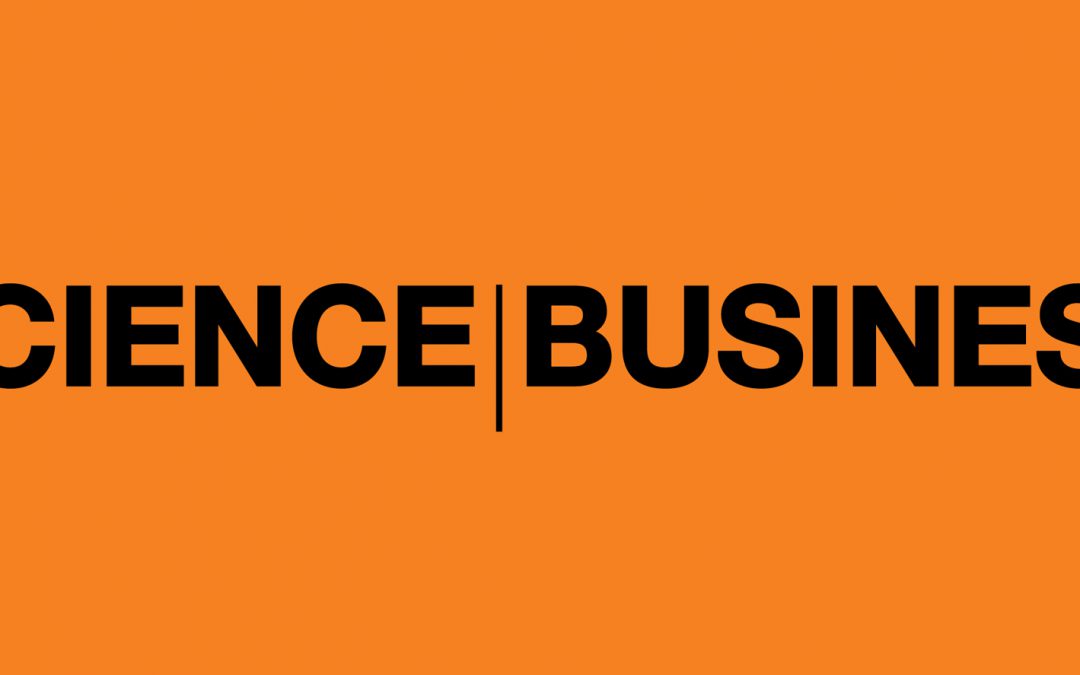Chronocam start-up aims to help machines see like humans
Christoph Posch, co-founder and CTO of Chronocam, discusses with Science|Business’ Daniel Echikson his company’s new sensor technology.
Q. Could you explain the sensor technology your company is developing?
What we’re doing is building eyes for machines. Our research has implications for technology such as self-driving cars and drones. Our cameras are actually inspired by biological eyes, by retinas, and by how the human brain processes visual information.
Our sensors are different from traditional cameras because they acquire visual information in a much more efficient way. They take in only the important data, producing less data for computers to process, allowing them to compute on visual information much faster. Our cameras reduce redundant or otherwise unnecessary data that an intelligent machine would not need to make decisions, anyways.
Q. What do you mean, your cameras “reduce redundant data”?
Traditional video cameras take lots of pictures very quickly and combine them to acquire and analyze motion. The faster the camera can take pictures, the better the representation of the dynamic parts of the scene. However you also acquire unchanged parts of the scene at the same rates. These data are redundant and useless. In our camera, each pixel gets to decide for itself how fast to sample (take pictures), instead of all of the pixels sampling at the same rate, as is the case in a traditional camera. This means we optimise each pixels’ acquisition process continuously.
In a traditional camera, the frame rate, or call it sampling rate, is the same for each pixel. In ours, this is not the case; individual pixels sample as fast or as slow as necessary; each pixel decides. Our camera is frame-less.
